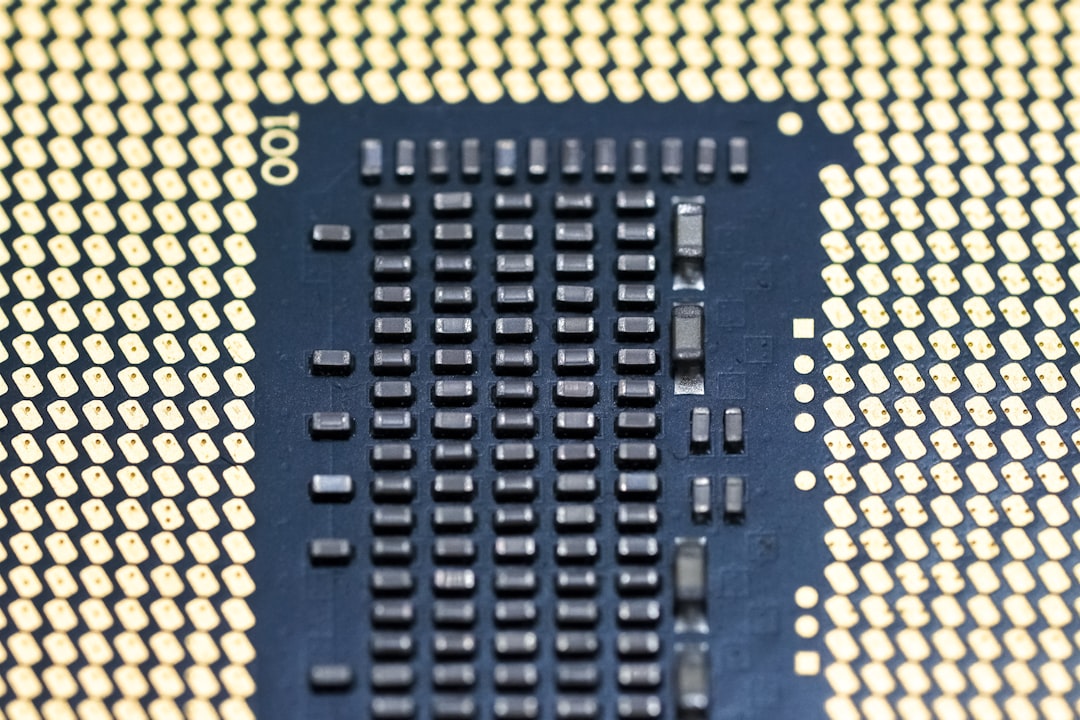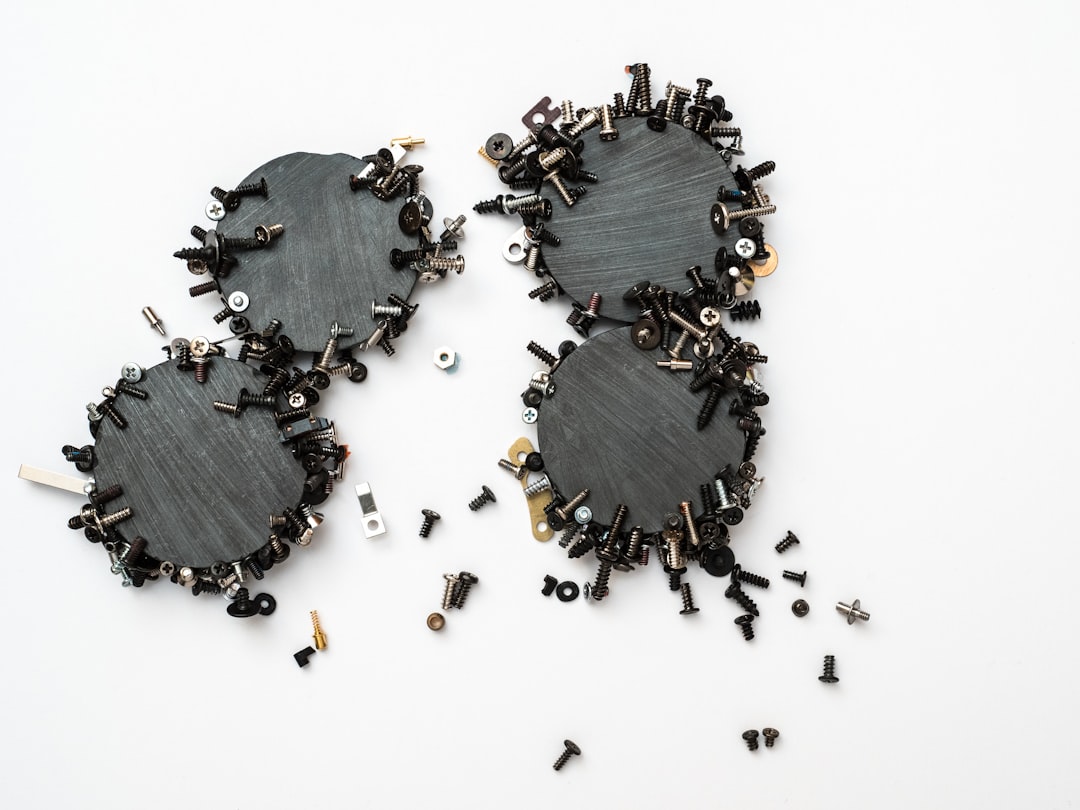What is it about?
It is a theoretical investigation of the hover stability of a VTOL aircraft having two conventional airplane propellers (in a side-by-side configuration) for lift. It finds that this aircraft type's pitch rate can be stabilized (naturally go to zero) without electronics and actuator servos - if the propellers are allowed to tilt in oblique directions. This direction introduces propeller gyroscopic moments which act on the aircraft in a favorable way; the propellers in effect become both the attitude sensors and the control effectors. The same is true of roll, but its thorough investigation is saved for a subsequent paper.
Featured Image
Why is it important?
It reveals a new class of aircraft - in addition to helicopters with flybars - whose pitch and roll rates are inherently stabilized, but which does not require cyclic blade-pitch control. It's two lift-propellers can therefore be of much smaller diameter than a helicopter rotor for a given load. With its inherent stabilization, the aircraft does not require electronic pitch and roll sensors nor high-frequency tilt actuators. This lowers stresses, weight and energy usage. And the side-by-side propeller configuration is ideally suited for transitioning to airplane mode.
Perspectives
Writing this paper helped make the concept concrete, and provided directions for next steps and future investigations. I plan to use it as a template for writing a subsequent roll-yaw stability paper.
Gary Gress
University of Calgary
Read the Original
This page is a summary of: Natural Pitch Stabilization of Bicopters in Hover Using Lift-Propeller Gyroscopics, Journal of Guidance Control and Dynamics, February 2018, American Institute of Aeronautics and Astronautics (AIAA),
DOI: 10.2514/1.g002468.
You can read the full text:
Contributors
The following have contributed to this page










